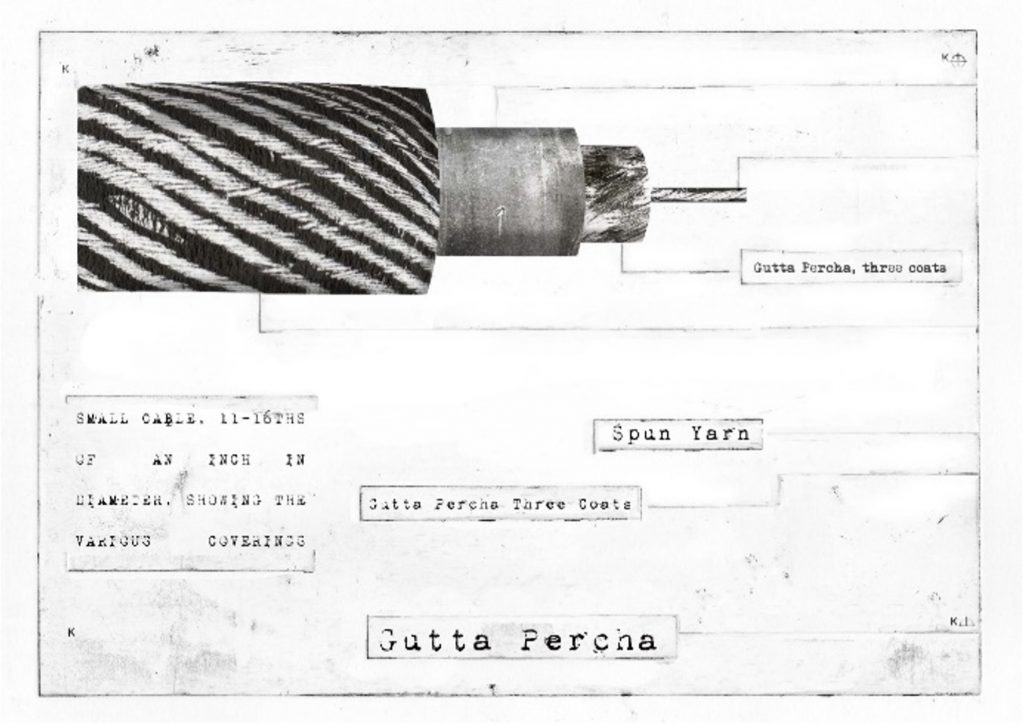Gutta-Percha: Environmental Impacts
Over the last three years, Planet PK has dedicated itself to spreading awareness and protection surrounding the wildlife and environment of Porthcurno Valley and similar places across the globe. We believe everyone has a responsibility to care for their environment and heritage, as well as learn from the mistakes of the past and endeavouring to improve in the future, to protect the planet’s delicate ecosystems. Gutta Percha is a ‘natural’ thermoplastic, a malleable and versatile resin which is a huge part of Porthcurno’s story, playing a pivotal role in the engineering and success of undersea cables. In the years that followed the discovery and implementation of gutta-percha in undersea cables, we have come to understand and acknowledge its unsustainability and the devastating environmental impacts of exploiting the resource. Images running alongside the blog are from a zine illustrated and written by Bianca Kaplan (@_bianca_kaplan_) called ‘Gutta Percha – The Environmental Disaster’.
Gutta Percha is a natural plastic used prolifically throughout the second half of the 19th century for household purposes such as furniture, golf balls and jewellery and industrial purposes, particularly in electronics as it was a hardy and effective insulator. In the present day, it’s still used in certain scenarios, such as permanent filling for root canals.
At the birth of overseas telecommunications, insulation was needed for underwater cables, and gutta percha was the perfect option, a strong substance that melted when hot and hardened when cooled. The thermoplastic was then implemented in all early undersea cables, including in 1850 when the first undersea cable was laid between England and France.

In order to use gutta-percha it had to be extracted, which involved killing off hundreds of trees and devastating forests. The resin can be derived from several species of tropical trees of the Sapotaceae genera, Palaquium and Payena, which are predominantly found in Southeast Asia. Gutta-percha is now very rare and almost extinct in Indonesia. A few trees may still produce some resin in places like Malaya, but the gutta-percha is often diluted with other resins which makes it of little value.
The difficulty in finding gutta-percha resin in the 21st century can be largely attributed to the work of Telegraph Companies in the 19th century. As gutta percha was stable underwater, and telegraph cables were in high demand, unsustainable and ineffective methods were used to extract gutta-percha, resulting in the devastation of tropical rainforests with little regard for the future, the effects of which are still felt to this day.



Although gutta percha was a massive turning point for global communications, it is important to recognise that it caused much harm to the environment. The reckless exploitation of rainforests is still a huge problem in the 21st century. Mass destruction is caused by clearing trees for farming land, logging, extracting palm oil and gathering countless other resources. Ecosystems are suffering greatly, and species are teetering on the edge of extinction. Without rainforests, carbon storage capacity would be lost in the atmosphere, rapidly increasing global warming, and making large areas of Earth uninhabitable for both humans and wildlife. Healthy forests are the greatest tool we have in fighting the climate crisis, a natural machine that takes in carbon and gives oxygen, so they need to be protected.


Maeve Cushla – Young Curator – PK Porthcurno
